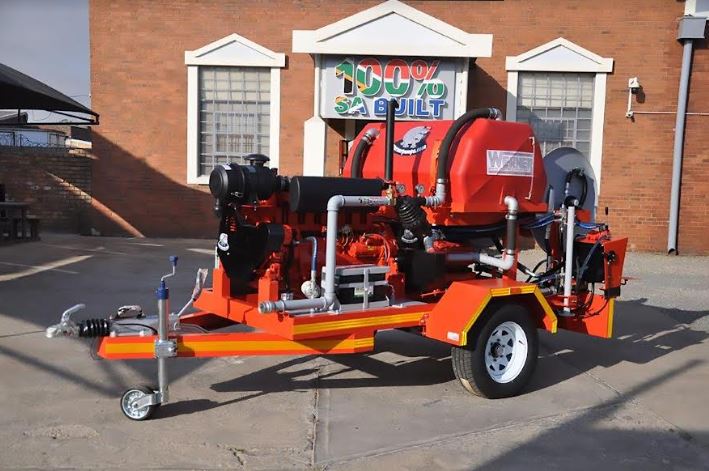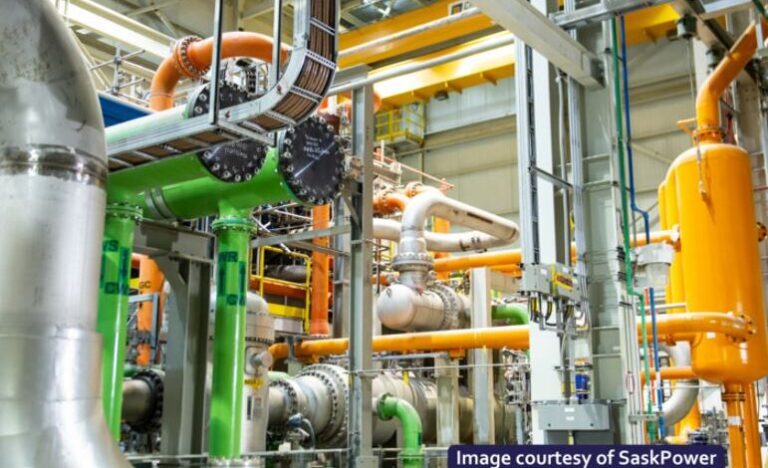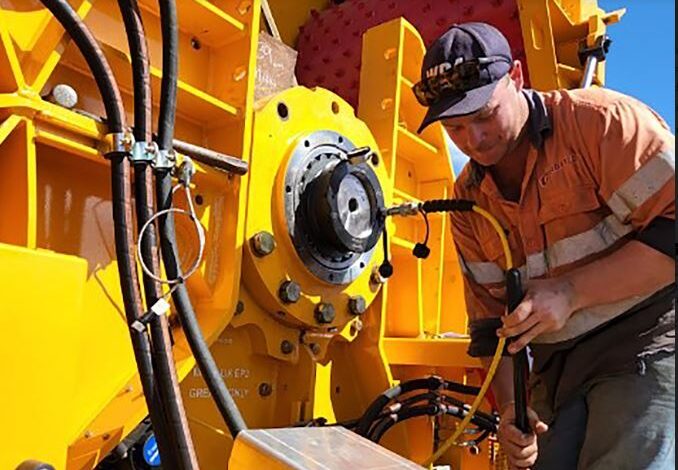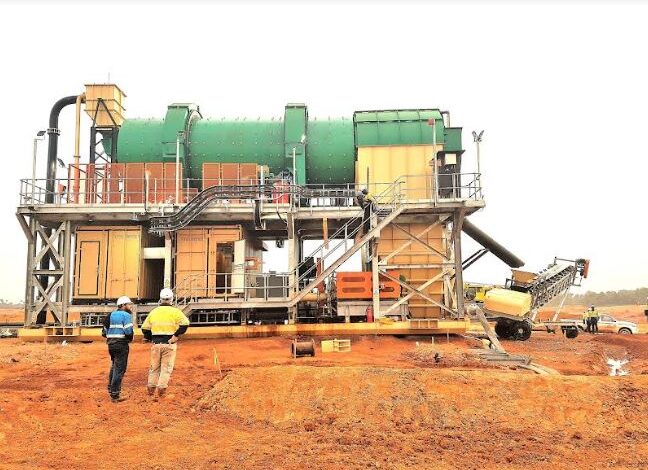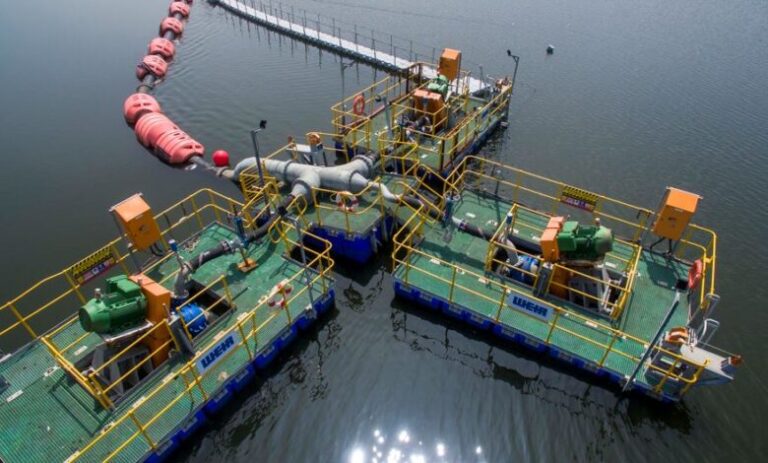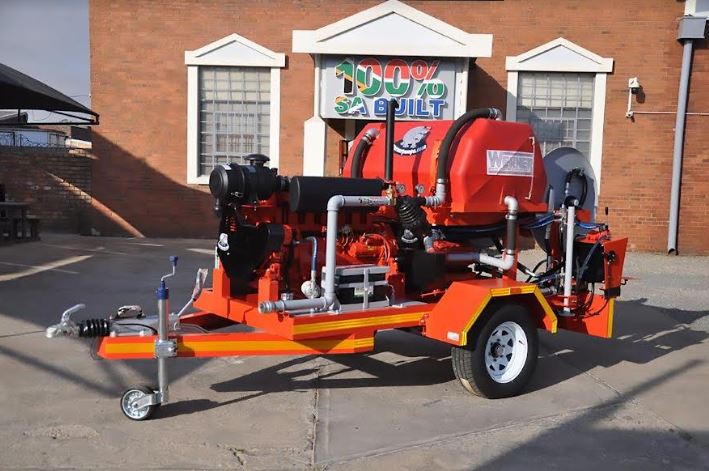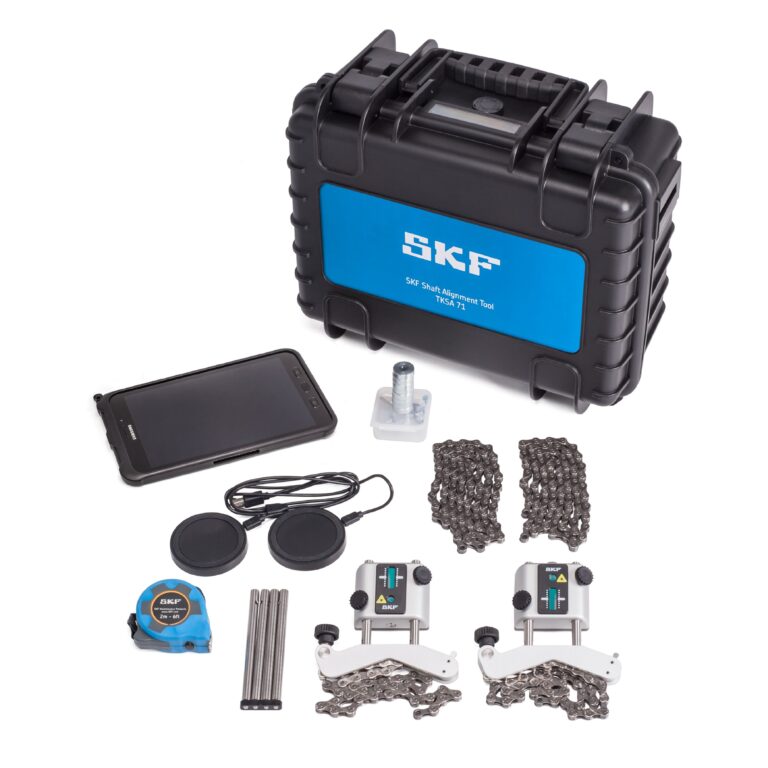Despite their envisaged benefits, adopting Clean Coal Technologies (CCTs) in new coal-fired power entails bearing a significant cost burden. Are organisations willing to bite the bullet?
By Nick Barnes
“To keep global warming to no more than 1.5°C – as called for in the Paris Agreement – emissions need to be reduced by 45% by 2030 and reach net zero by 2050.”
This is the pledge by the United Nations’ Net Zero Coalition on Climate Change.
It is a clarion call for everyone to play a part in reducing greenhouse emissions from their respective activities.
However, there is a huge burden on industries that utilise huge volumes of fossil fuels, as they are classified as the biggest producers of emissions.
Coal-fired power plants
Coal-fired power plants are one of the biggest producers of greenhouse gases. Greenhouse gases emitted by coal-fired power stations include but may not be limited to SOx, NOx, CO2, and particulate matter (PM). And so, industries that utilise or own coal-fired power plants should adopt measures to reduce emissions.
The reality
In an ideal world, industries should ditch coal and adopt the cleaner options of renewables and nuclear. Nonetheless, the reality is that coal constitutes a big part of the current sources of electricity (currently 29 of the world’s electricity sources).
Based on the state of affairs, coal will remain a significant source of electricity in the foreseeable future. This is not least in South Africa where coal-fired power plants supply baseload electricity.
On the role of coal, the World Coal Association could not have put it more perfectly by stating: “It is not the use of coal but the way coal is used that should be the focus of attention.“ In other words, the world has to use coal responsibly with minimal impact on the environment.
It is now or never.
Currently, in many countries, South Africa being one of them, coal-fired plants are approaching the end of their life about to be decommissioned. As a replacement, new plants will be developed. Thus, there should be more urgency.
Clean Coal Technologies (CCTs)
Thanks to recent advances, in new coal-fired power plants Clean Coal Technologies (CCTs) can be incorporated, where applicable, to minimise emissions. In the power generation context, CCTs refer to technologies that meet the need for a maximum amount of energy with minimum waste production while increasing the overall plant efficiency.
But the question is: Are industries willing to go the extra mile for the sake of achieving the collective good in the long term? Would economics allow them?
First of all, it is important to analyse the options available, and the commitment to adopting them entails.
Available CCT options
So far, three main CCTs deployed and operational globally are High-Efficiency, Low-Emission, or HELE, pollution abatement, and carbon capture utilization and storage (CCUS) technologies.
- HELE
The scope of ‘clean coal’ has been extended to include supercritical and ultra-supercritical coal-fired plants. Also known as High-Efficiency Low-Emission (HELE) plants, characteristically, these are without CCTs and run at 42-48% thermal efficiency.
Compared with a subcritical unit, typically, HELE plants typically cost more than a subcritical unit on average. For instance, the capital cost of ultra-supercritical (USC) HELE technology is 20-30% more than a subcritical unit.
However, this is offset by higher efficiency which reduces emissions and fuel costs to about 75% of subcritical plants. Usually, a supercritical steam generator operates at very high temperatures and pressures (above 22Mpa). This is a stage where the liquid and gas phases of water are no longer distinct.
Countries that demonstrate that supercritical and ultra-supercritical plants are workable are South Korea and Japan. In these countries, about 70% of coal-fired power comes from supercritical and ultra-supercritical plants.
- Abatement
There are several techniques employed in the abatement of coal. These include:
Cleaning coal by washing aims at reducing emissions of ash and sulfur dioxide when burning coal.
- Electrostatic precipitators and fabric filters
Electrostatic precipitators and fabric filters can remove 99% of the fly ash from the flue gases
The process of Flue gas desulfurization aims to reduce the output of sulfur dioxide to the atmosphere by up to 97%. This is dependent on the level of sulfur in the coal and the extent of the reduction.
With Low-NOx burners, coal-fired plants can reduce nitrogen oxide emissions by up to 40%. When used together with re-burning techniques, Low-NOx burners can reduce NOx by 70%. Furthermore, when used with selective catalytic reduction, low NOx burners can clean up 90% of NOx emissions.
- Integrated gasification combined cycle (IGCC)
Integrated gasification combined cycle (IGCC) and pressurized fluidized bed combustion (PFBC) enable higher thermal efficiencies still up to 50% in the future.
- Pulverised coal Ultra-clean coal (UCC)
Pulverized coal Ultra-clean coal (UCC) from new processing technologies reduces ash below 0.25% and sulfur to very low levels. This implies that pulverised coal might be used as fuel for very large marine engines, in place of heavy fuel oil. So far, there are at least two UCC technologies under development. However, wastes from UCC are likely to be a problem.
- Carbon Capture Utilisation and Storage (CCUS)
Carbon Capture Utilisation and Storage (CCUS) encompasses gasification and sequestration.
Using steam and oxygen, gasification, including underground coal gasification (UCG) in situ, turns the coal into carbon monoxide and hydrogen.
Sequestration refers to the disposal of liquid carbon dioxide, once captured, into deep geological strata.
Cost burden
It is tempting to ask: Why doesn’t industry go all out in embracing these CCTs considering the urgency?
Well, as with any business, in adopting the CCTs, the first consideration is cost and benefit – The board would be thinking: “What impact will it have on the bottom line? What is in shareholders Return On Investment?”
The fact: based on evidence from projects, well-meant efforts to implement the CCTs may not always have the much-desired end. The World Coal Association notes this in its review: “Some of these (CCTs) impose operating costs and energy efficiency loss without concomitant benefit to the operator.“
Specifically, there is concern that in the quest to adopt the CCTs, the cost of achieving low, near-zero emissions would negate the economic competitiveness of coal. Generally, CCT technologies are both costly and energy-intensive.
Slow uptake
Small wonder, in its Energy Perspectives, the International Energy Agency (IEA) laments the slow uptake of CCS: “CCS is advancing slowly, due to high costs and lack of political and financial commitment.“
Meanwhile, as the world dithers to adopt CCTs, coal emissions worsen global warming. Unquestionably, the sooner commercial-scale technologies are embraced, the better.
Realistic option
Accordingly, the IEA urges timely interventions, especially the available CCTs.
While owners of coal-fired power plants doubt the commercial viability of adopting CCTs, the IEA sees a realistic option in CCUS. The body hopes to see owners of coal-fired power plants embracing CCUS to put the world on the path to net-zero emissions. In a report on CCUS in its Energy Technology Perspectives 2020 series, it explains: “It is the only group of technologies that contributes both to reducing emissions in key sectors directly and to removing CO2 to balance emissions that cannot be avoided” (i.e. including direct removal of CO2 from the atmosphere).“
Enabling environment
More importantly, governments have to play a pivotal role by creating an enabling environment for industry to fully embrace CCTs. One of the options is through tax breaks. To offset the financial losses due to the perceived liability of compliance, governments can incentivise industries by providing tax breaks for companies adopting CCTs.







